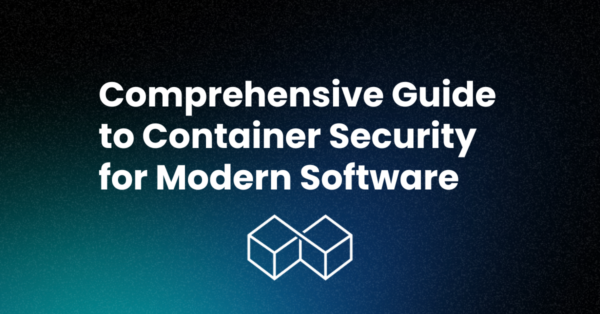As a vendor offering technology and support on top of something that is already free in the open source community, like other vendors in this model, we use the terms “mission-critical” and “business-critical” to describe our products. This helps people figure out which edition of our commercial product is suited for their needs. Yet when you ask a developer if the system or application they are building is “mission-critical” or “business-critical”, the typical answer is – “HUH?” So here are some examples to help define these terms.
Mission-critical
- Mission-critical application in your personal life:
- Electricity: if you’ve ever experienced a black out for more than 30 minutes, you realize that without electricity, your entire way of being shuts down. You can’t get on with life without it because you can’t cook without your microwave, you can’t heat your home, you can’t watch TV, you can’t use your computer, and you can’t even turn on a light to read a book. You basically would be completely frozen and unable to do the things you need to do.
- Sample customer: large company powering financial transactions
- This customer is in the business of providing technology and services to enable financial transactions for banks, brokers, dealers, and investment managers. They have built a successful business around being the “man behind the man” for all the every day financial transactions that you rely upon. Imagine if you tried to transfer money, sell a stock, or buy a mutual fund and you were told that you couldn’t because the systems were down. Clearly not acceptable. This customer, rightfully so, considers their system to be mission-critical to the daily operations and success of their business. Without it, they wouldn’t have a business.
Business-critical
- Business-critical application in your personal life:
- iPhone or BlackBerry: OK, some will argue that this is now a mission-critical application because without it, you can’t get your email, phone, text messages, or maps to get anywhere. And we start twitching if we’re without it for a few hours. But really, at the end of the day – your life could go on for a few hours, or God forbid, a few days without it. You’d stumble and grumble about it being painful and slow, but you’d work something out without it.
- Sample business scenario: Business Intelligence/Reports
- A Business Intelligence application is a perfect example of something that is business-critical, but not mission-critical. On a daily basis, managers and executives need access to various reports to check the status and performance of their business units. However, if the system goes down for a few hours or a day or so, it’s not the end of the world. The data is usually available elsewhere, or they can continue to do their job sufficiently without it for a little while. But within a couple of days, to manage and accelerate their business – they need the application and data back up and running.
Is your application “Electricity” or the “iPhone/BlackBerry” in someone’s world? So what kind of applications are you building using open source dynamic languages? If your system is the “electricity” to someone (paying customers) or the “iPhone/BlackBerry” in their world – shouldn’t you be worried about ensuring your systems are up? If you want to transfer those worries to someone else – talk to us.
Ensure that your mission- and business-critical applications are in full compliance with open source software licensing terms. Learn more in this whitepaper.






